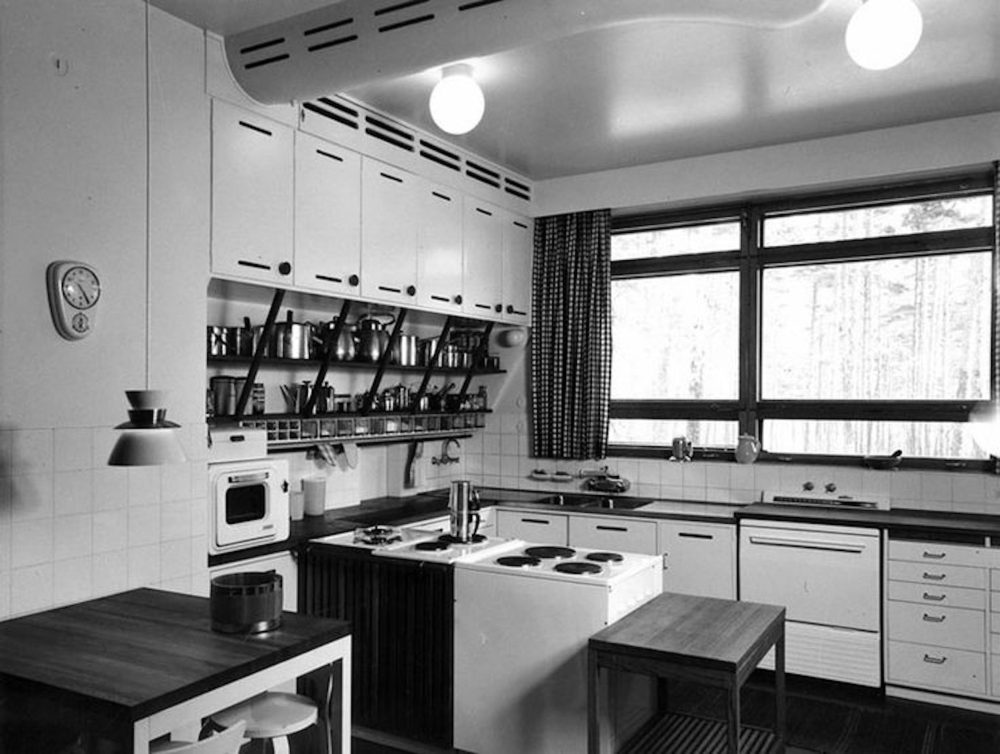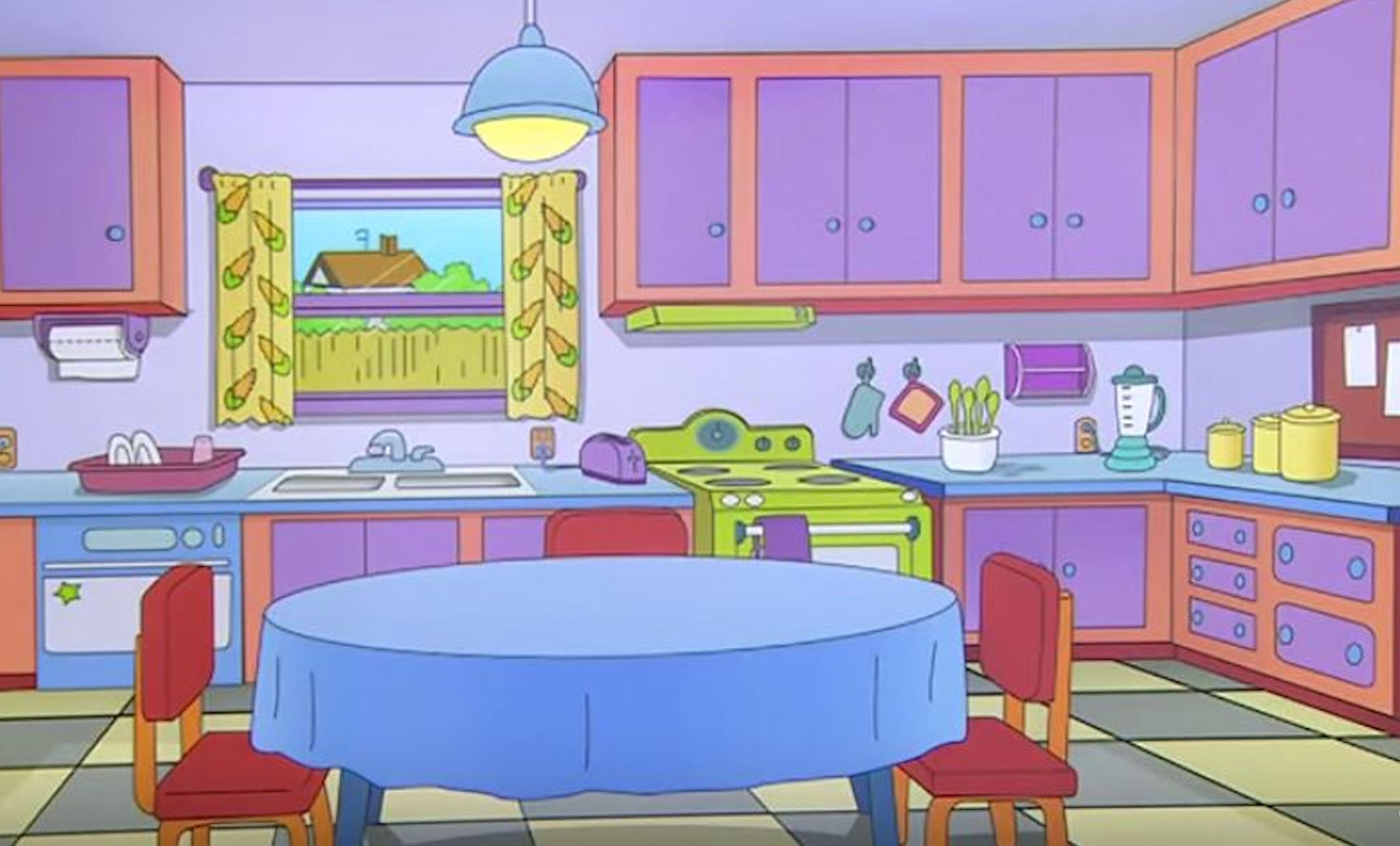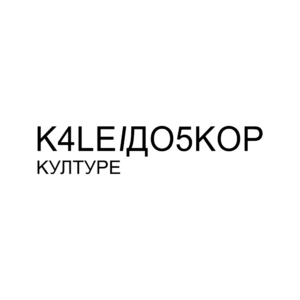We assume that your answer is yes, and that you remember the popular kitchen from the TV series Friends. Therefore, do not miss the exhibition on the development of kitchens through time, Kitchens [Fragments] – sketches from history and popular culture, organized by the Society of Architects of Vojvodina, which will be opened on October 7 at 6 p.m. with a walk through Liman III and IV with Academician Branislav Mitrović, at the corner of 1300 Kaplara and Ive Andrića streets, and will end in Menza (District) where the exhibition is located (Menza will be open from 7 p.m.). The exibition is a part of the week dedicated to architecture at this year’s Kaleidoscope of Culture. Visitors will have the opportunity to visit this exhibition until October 28.
In ancient times, people cooked over an open fire that was built outside on the ground. Later, simple masonry structures were used to hold wood and food. And the dwellings themselves were formed around the hearth. In the Middle Ages, food was often prepared in metal cauldrons hung over the fire. These cooking spaces attracted people to gather because they were primary source of heat, light, security and, of course, food. Smoke and soot from fires were a major problem until the 16th century, when chimneys became widely used in homes. With the chimney, the smoke was drawn in and out of the room, making it easier to breathe and light fires in the hearths.
Economic and political trends have had a great influence on the design and function of the kitchen. Technological progress in Europe and North America was constant, most of which aimed to reduce labour and time. Wood stoves were used in the 18th century. The Industrial Revolution encouraged new inventions, lower prices, and new ways of economic efficiency. At the end of the 18th century, metal stoves, which could use coal as fuel, appear. Gas stoves began to be used in the 19th century, while the first electric stoves came into use between the two world wars. During that period, the teachers of the famous Bauhaus school of architecture in Germany presented their kitchen ideas, which are still considered among the first modern kitchens today.

The housing boom and industrial progress after World War II had a major impact on the modern kitchen. The increased demand for kitchen technology and equipment has inspired homeowners to remove the walls that once hid kitchens. The kitchen became more organized, cleaner and easier to use and slowly became a place worthy of receiving guests. The 1960s and 1970s brought other social changes that advanced kitchen design. A renewed interest in home cooking, and entertainment meant that life once again took place in the kitchen. The kitchen has become a source for improving culinary skills, displaying designer dishes and appliances, and an important place in the development of social life. This trend has persisted even today.

Be part of the exhibition!
The Society of Architects of Vojvodina and the Kaleidoscope of Culture invite you to contribute to the implementation of the exhibition. If you have photos of your old or current kitchen and you wish them to be part of the exhibition at Kaleidoscope of Culture, scan them and send them along with a short description to davkuhinje@gmail.com or via a message to the The Society of Architects of Vojvodina website.
Thematic lectures, walks and guided tours through the exhibition Kitchens [Fragments] – Sketches from History and Popular Culture:
4 / X / 6 p.m. – 7.30 p.m. / District, Menza
Guided tour through the residential building on Liman I
Curator: Vladimir Kubet, PhD, architect
5 / X / 10 a.m. – 6 p.m. / District, Menza
One-day workshop ‘Kitchens for Everyone’s Needs’ for students of architecture and interior design
Mentors: Verica Međo Krstić, PhD, architect and Stefania Leontiadis, PhD, architect (Greece)
6 /X / 6 p.m. – 7.30 p.m. / District, Menza
Guided tour through the residential building on Liman III
Curators: Ivan Stanojev, architect and Ilija Gubić, architect
7 / X / 6 p.m. – 8 p.m. / Menza, District
A walk through Liman III and Liman IV with academician Branislav Mitrović, an architect, and the opening of the exhibition in the District
8 / X / 7 p.m. – 8 p.m. / District, Menza
Lecture: Housing and kitchens in Iran
Lecturer: Husein Maroufi, PhD, architect (Iran)
10 / X / 7 p.m. – 8 p.m. / District, Menza
Lecture: Functional organization of kitchen space throughout history
Lecturer: Isidora Amidžić, PhD, architect
12 / X / 7 p.m. – 8 p.m. / District, Menza
Lecture: Kitchens in yachts and other vessels
Lecturer: Svetlana Mojić Džakula, architect and yacht designer
14 / X / 7 p.m. – 8 p.m. / District, Menza
Guided tour through the exhibition
Curator: Ivan Stanojev, architect
17/ X / 7 p.m. – 8 p.m. / District, Menza
Author guided tour through the exhibition
Curator: Ilija Gubić, architect
19 / X / 7 p.m. – 8 p.m. / District, Menza
Lecture: Hotel kitchens in XX and XXI century
Lecturer: Nebojša Antešević, PhD, architect and art historian
21 / X / 7 p.m. – 8 p.m. / District, Menza
Author guided tour through the exhibition
Curator: Ivan Stanojev, architect
24 / X / 7 p.m. – 8 p.m. / District, Menza
Lecture: Kitchens in new business facilities
Lecturer: Jelena Dražić, architect (Germany)
26 / X / 7 p.m. – 8 p.m. / District, Menza
Lecture: Art Nouveau palaces and villas and their kitchens
Lecturer: Bogdan Janjušević, PhD, architect and art historian
28 / X / 7 p.m. – 8 p.m. / Distrckt, Menza
Author guided tour through the exhibition
Curator: Ivan Stanojev, architect


